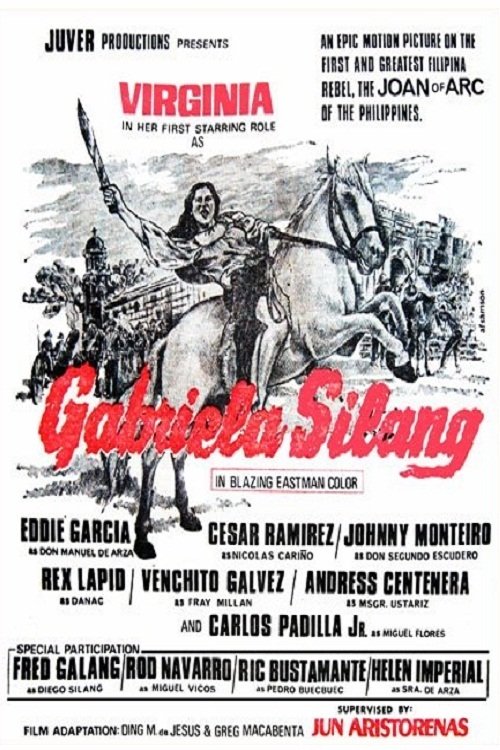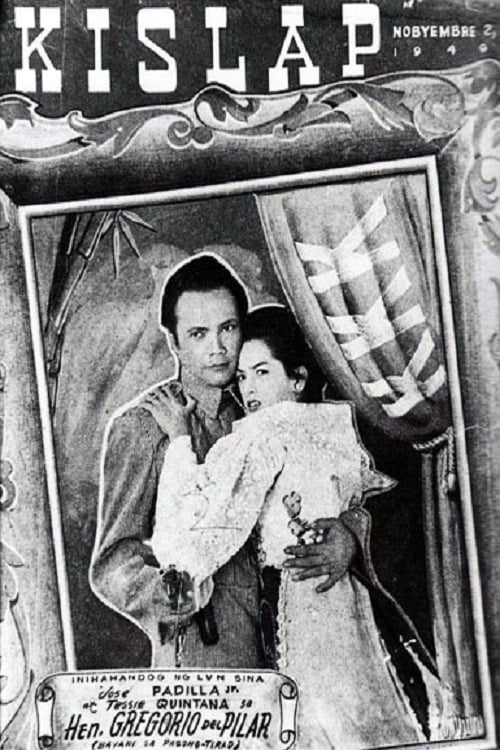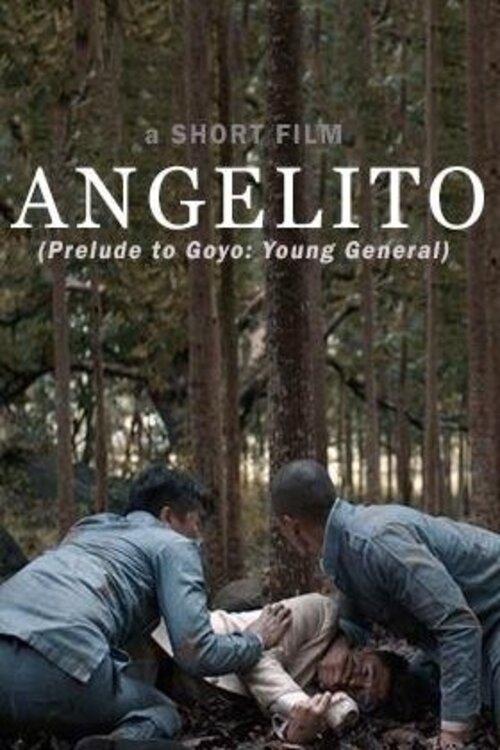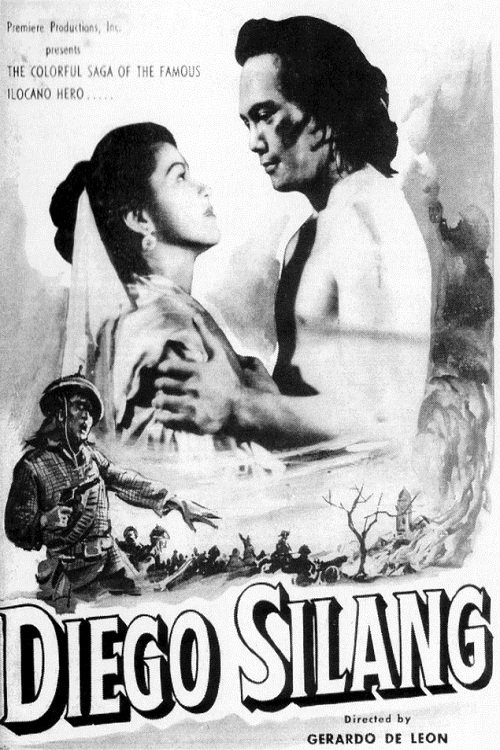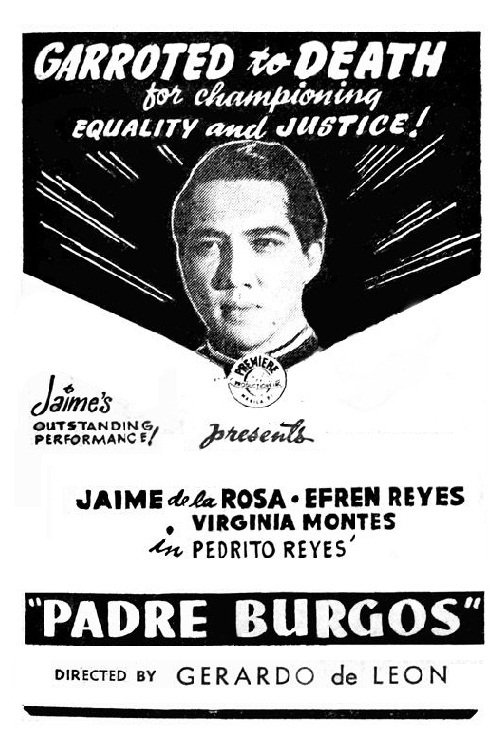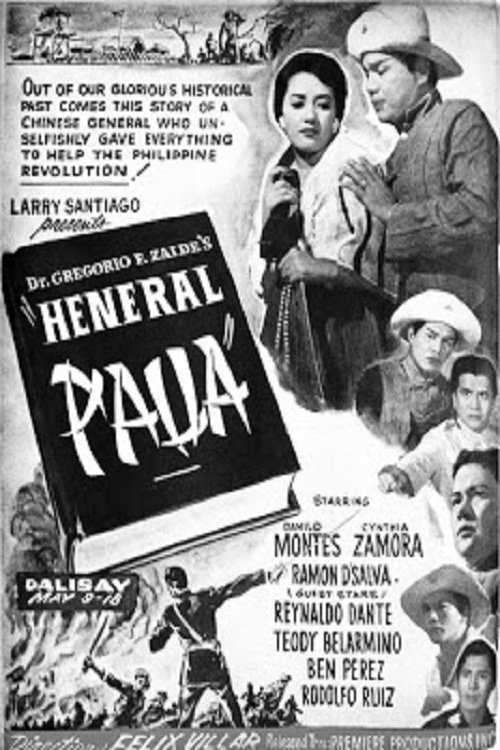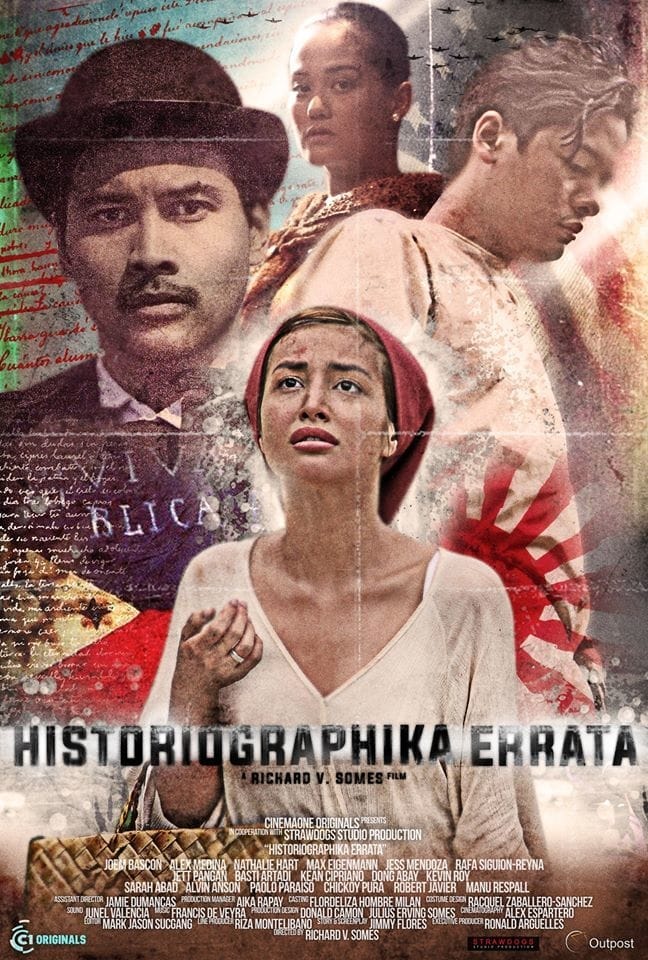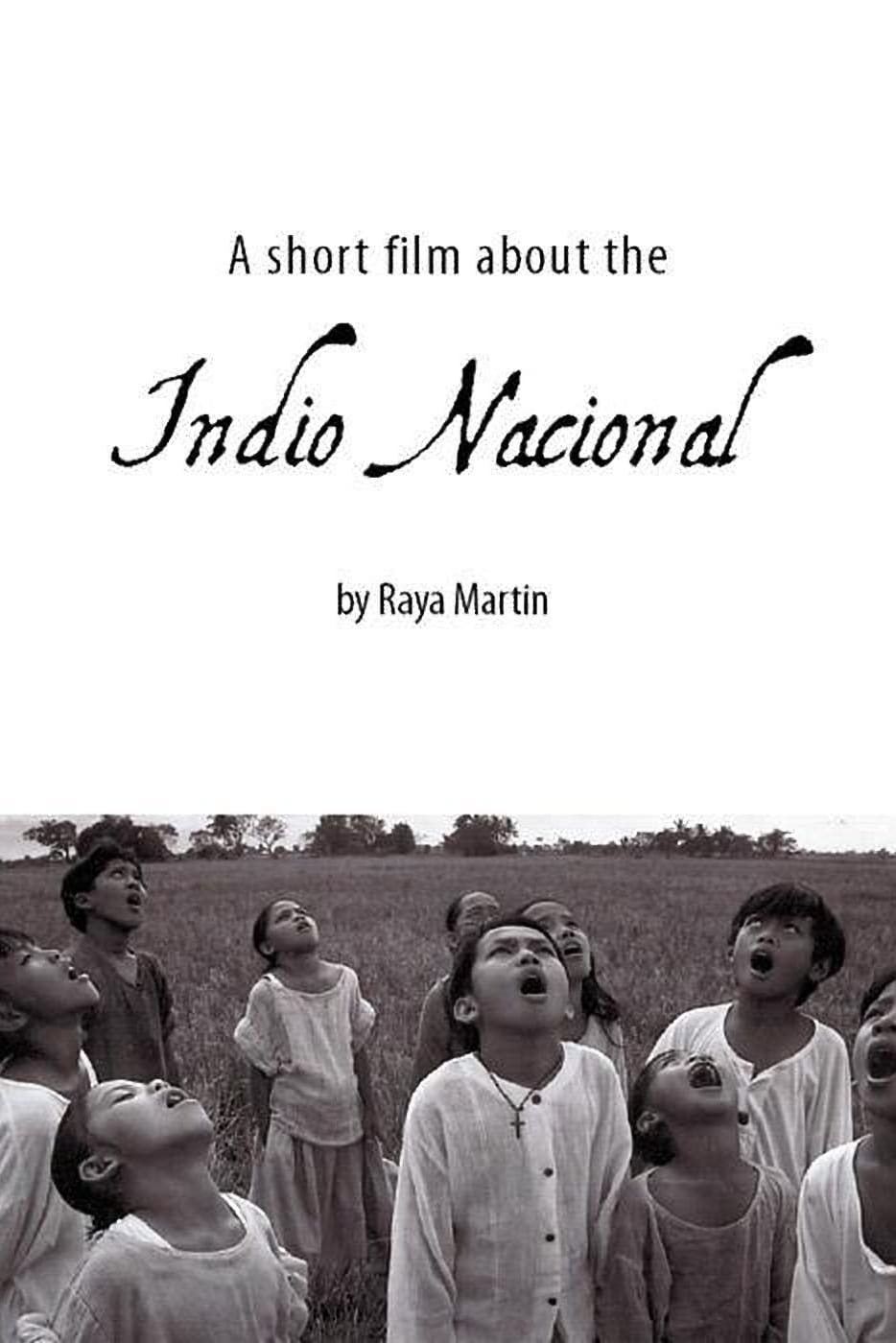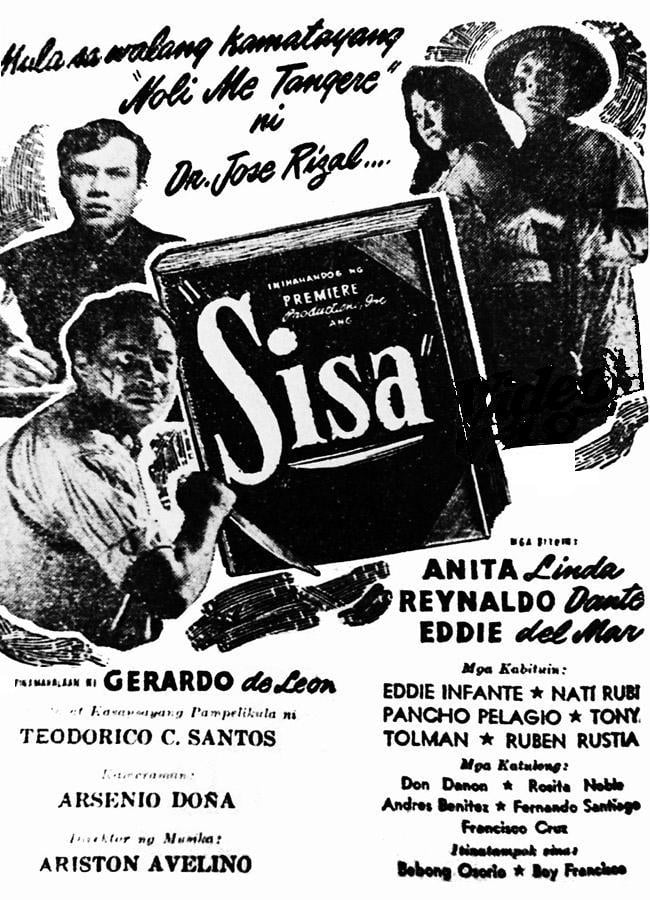Cast & Crew
12 members
Acting
Virginia Aristorenas
Gabriela Silang
No Image
Acting
Carlos Padilla Jr.
Miguel Flores

Acting
Eddie Garcia
Don Manuel de Arza
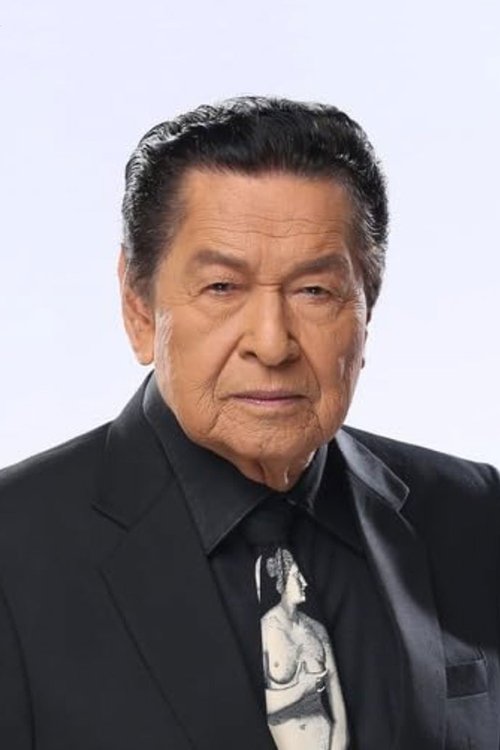
Acting
Cesar Ramirez
Nicolas Cariño
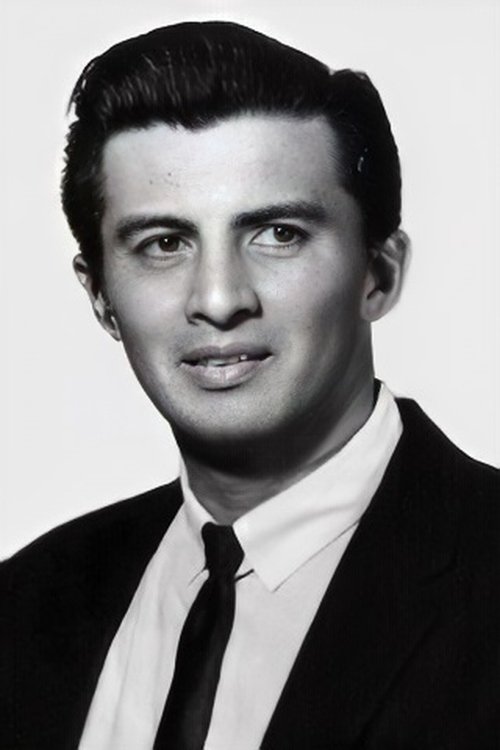
Acting
Johnny Monteiro
Don Segundo Escudero
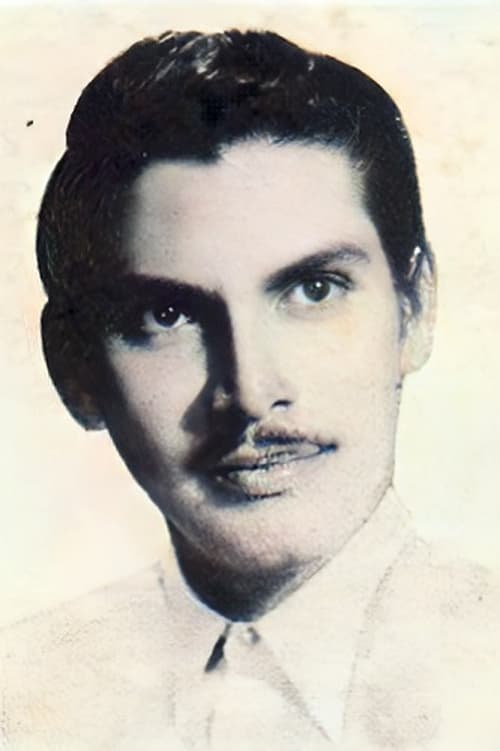
Acting
Rex Lapid
Danac
No Image
Acting
Venchito Galvez
Fray Millan
No Image
Acting
Andres Centenera
Msgr. Ustariz
No Image
Acting
Fred Galang
Diego Silang
No Image
Acting
Rod Navarro
Miguel Vicos
No Image
Acting
Ric Bustamante
Pedro Buecbuec
No Image
Acting
Helen Imperial
Sra. de Arza
No Image
Similar Movies
Recommended Movies

No Recommendations Yet
We're working on finding the perfect movies for you. Check back soon!
More movies coming soon
